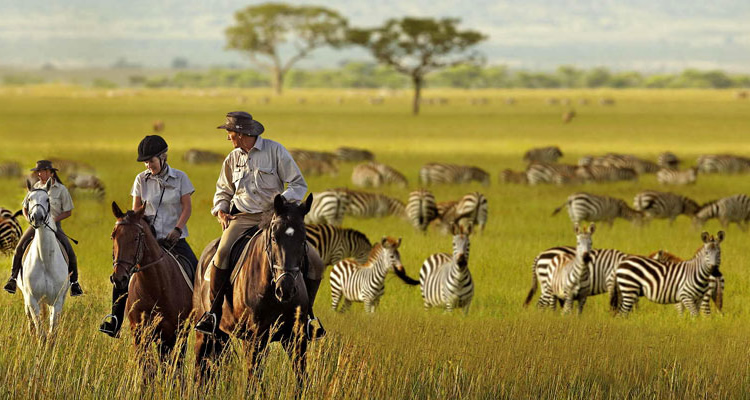
Nestled in the heart of Tanzania, Serengeti National Park is a sprawling landscape of raw, unbridled beauty. Its name, derived from the Maasai word meaning “endless plains,” perfectly encapsulates the vast expanse of savannah, dotted with iconic acacia trees and teeming with wildlife. Prepare to embark on a journey of discovery as we uncover the secrets of this remarkable destination.
Serengeti National Park, a UNESCO World Heritage Site and one of the Seven Natural Wonders of Africa, is synonymous with unparalleled wildlife encounters and breathtaking landscapes. Spanning over 14,750 square kilometers in northern Tanzania, the park forms part of the larger Serengeti ecosystem, which also includes the Ngorongoro Conservation Area, Maswa Game Reserve, and several other protected areas.
When to Visit:
The best time to visit Serengeti National Park largely depends on your safari goals. The dry season, from June to October, offers optimal game viewing opportunities as wildlife congregates around water sources. However, the wet season, from November to May, brings lush vegetation and the spectacle of the Great Migration, as millions of wildebeest, zebras, and other herbivores traverse the plains in search of greener pastures.
Budget and Costs:
Safari experiences in Serengeti National Park can vary widely in cost depending on accommodation preferences, tour operators, and travel season. Budget-conscious travelers can opt for camping or basic lodges, while luxury seekers can indulge in exclusive tented camps and lavish lodges. Daily park fees and transportation costs should also be factored into your budget.
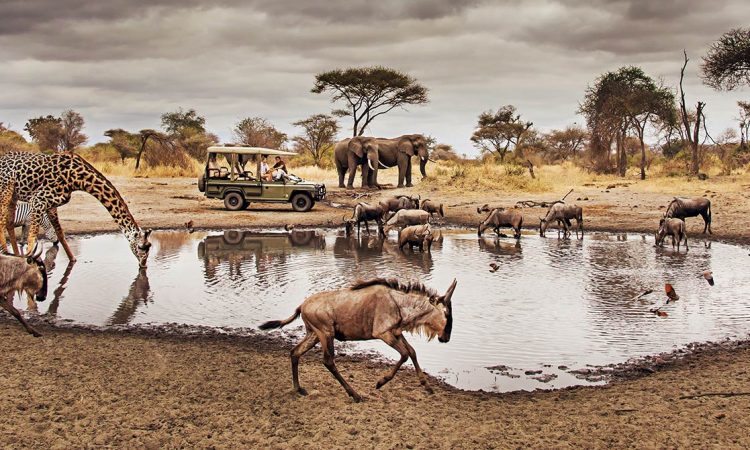
Accommodation Options:
Accommodation options in Serengeti National Park range from rustic campsites and mid-range lodges to luxurious tented camps and boutique safari lodges. Popular choices include Serengeti Serena Safari Lodge for its stunning views and Serengeti Migration Camp for its prime location during the Great Migration.
How to Get There:
Most visitors access Serengeti National Park via flights to nearby airstrips, such as Seronera Airstrip or Kogatende Airstrip, followed by a transfer to their chosen accommodation. Alternatively, road transfers are available from major cities like Arusha or Kilimanjaro International Airport.
Travel Itineraries:
- Classic Serengeti Safari:
- Day 1: Arrive at Serengeti National Park and embark on an afternoon game drive to acclimate to the surroundings. Witness the sunset over the savannah before returning to your accommodation for dinner.
- Day 2-3: Spend full days exploring the vast plains of Serengeti on game drives, searching for the Big Five and other wildlife species. Opt for a hot air balloon safari for a bird’s-eye view of the landscape or enjoy a guided nature walk for a closer look at the flora and fauna.
- Day 4: Depart Serengeti National Park, stopping for one last game drive en route to the exit gate. Reflect on the unforgettable experiences and wildlife encounters before continuing your journey.
- Great Migration Adventure:
- Day 1: Arrive at Serengeti National Park and head straight to the northern reaches of the park to witness the Great Migration in action. Settle into your accommodation and enjoy a sunset game drive in search of the migrating herds.
- Day 2-3: Spend full days tracking the movements of the wildebeest and zebra herds as they traverse the plains. Witness dramatic river crossings and predator-prey interactions, capturing memorable moments on camera.
- Day 4: Bid farewell to the Great Migration and embark on a leisurely game drive back to the park entrance. Take in the scenery and wildlife sightings one last time before departing Serengeti National Park.
- Cultural & Wildlife Expedition:
- Day 1: Arrive at Serengeti National Park and embark on a morning game drive followed by a visit to a nearby Maasai village. Immerse yourself in Maasai culture, learning about traditional customs, dances, and handicrafts.
- Day 2-3: Alternate between wildlife-focused game drives and cultural experiences, balancing wildlife sightings with insights into local traditions. Participate in a guided nature walk or birdwatching excursion to appreciate the park’s biodiversity.
- Day 4: Conclude your Serengeti adventure with a final game drive, reflecting on the wildlife encounters and cultural interactions before departing for your next destination.
List of Things to Know Before Going:
- Pack appropriate clothing for varying temperatures and weather conditions.
- Bring binoculars and a camera with zoom lenses for wildlife photography.
- Be prepared for bumpy rides on unpaved roads during game drives.
- Respect wildlife and follow park regulations, such as maintaining a safe distance from animals.
- Stay hydrated and use sunscreen to protect against the sun’s rays.
Top 10 Things to Do:
- Witness the Great Migration.
- Embark on a sunrise hot air balloon safari.
- Go on guided game drives to spot the Big Five.
- Visit the Seronera Visitor Center for educational exhibits.
- Explore the Grumeti River for crocodile and hippo sightings.
- Enjoy sundowners with sweeping views of the savannah.
- Join a cultural tour to learn about the Maasai people.
- Trek to the hippo pool at Retima Hippo Pool.
- Experience a night game drive for nocturnal wildlife sightings.
- Relax and stargaze under the African night sky.
Local Cuisine:
Sample traditional Tanzanian dishes such as nyama choma (grilled meat), ugali (maize porridge), and pilau (spiced rice) at camp lodges or local eateries.
Culture:
Immerse yourself in Maasai culture through cultural tours, where you can learn about traditional customs, dances, and handicrafts.
Hidden Gem:
Discover the enchanting beauty of the Moru Kopjes, ancient granite rock formations that provide a picturesque backdrop for wildlife sightings.
Local Festivals and Events:
Experience the Maasai Mara Cultural Festival, a celebration of Maasai traditions, music, and dance held annually in neighboring Kenya.
Photography Tips:
Capture the golden light of sunrise and sunset for stunning landscape shots, and use a telephoto lens to zoom in on wildlife from a safe distance.
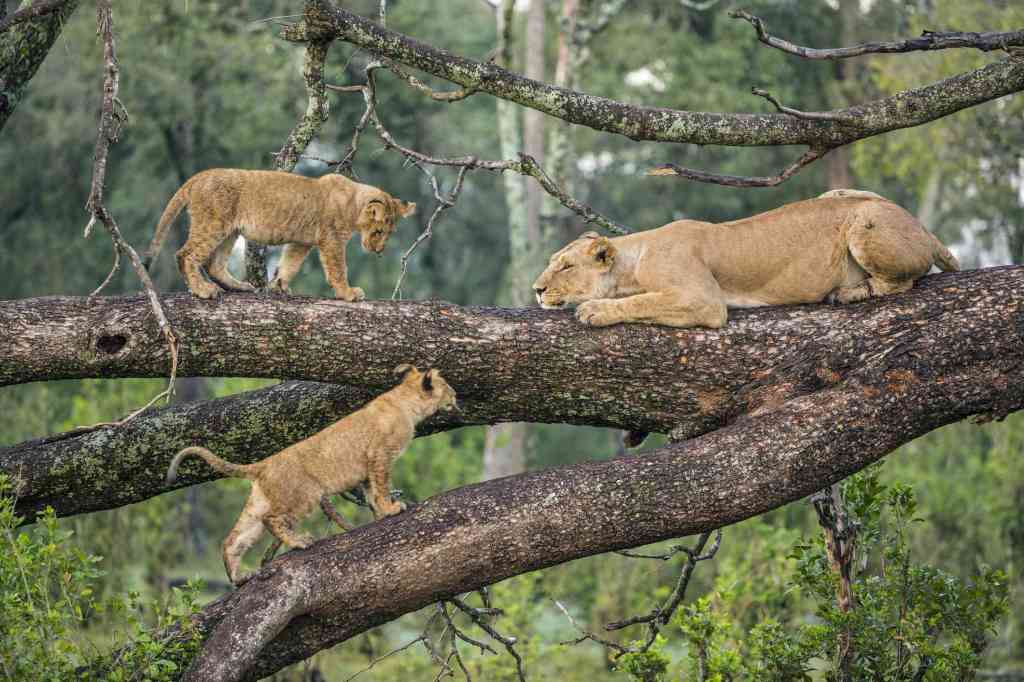
Day Trips:
- Ngorongoro Crater: Embark on a day trip to the nearby Ngorongoro Crater, a UNESCO World Heritage Site and one of Africa’s most iconic natural wonders. The crater, formed by the collapse of a volcano millions of years ago, is home to a dense concentration of wildlife, including lions, elephants, and rhinos. Enjoy a game drive along the crater floor, marveling at the breathtaking scenery and abundant wildlife roaming freely in their natural habitat.
- Lake Manyara National Park: Explore the scenic landscapes of Lake Manyara National Park on a day trip from Serengeti. Known for its diverse ecosystems ranging from dense forests to open grasslands and alkaline lakes, Lake Manyara offers a unique safari experience. Keep an eye out for tree-climbing lions, flamingos, and herds of elephants as you navigate the park’s network of trails and game viewing areas.
- Olduvai Gorge: Delve into the origins of humanity with a visit to Olduvai Gorge, often referred to as the “Cradle of Mankind.” This archaeological site, located just outside Serengeti National Park, has yielded some of the earliest evidence of human evolution, including fossilized remains and stone tools dating back millions of years. Take a guided tour of the gorge and museum to learn about the
groundbreaking discoveries made by paleontologists and archaeologists. - Grumeti Game Reserve: Discover the pristine wilderness of the Grumeti Game Reserve on a day trip from Serengeti. This private conservancy, adjacent to the national park, offers exclusive safari experiences with fewer crowds and unparalleled wildlife sightings. Traverse the reserve’s diverse habitats, from savannah plains to riverine forests, in search of the Big Five and other iconic species.
- Maasai Village Visits: Immerse yourself in Maasai culture with a visit to a traditional Maasai village near Serengeti National Park. Gain insight into the daily life and customs of the Maasai people as you interact with community members, participate in cultural demonstrations, and learn about their traditional livestock farming practices. Engage in lively discussions about Maasai traditions, rituals, and folklore, and support local artisans by purchasing handmade crafts and souvenirs.
Family-Friendly Activities:
- Junior Ranger Programs: Many lodges and camps in Serengeti National Park offer junior ranger programs designed to educate and entertain young visitors. Kids can learn about wildlife conservation, track animal footprints, and even earn certificates for their participation.
- Bush Picnics: Pack a picnic lunch and head out on a family-friendly game drive to a scenic spot in the park. Enjoy lunch surrounded by nature while keeping an eye out for wildlife sightings.
- Guided Nature Walks: Take leisurely strolls with experienced guides who can point out animal tracks, identify plants, and share fascinating insights about the park’s ecosystem. These walks are perfect for families with younger children who may prefer shorter excursions.
- Cultural Encounters: Engage in interactive cultural experiences that offer a glimpse into the lives of local communities. Visit Maasai villages to learn about traditional customs, dances, and crafts, providing children with valuable cross-cultural learning opportunities.
- Junior Photography Safari: Encourage budding photographers to capture their own safari memories with disposable cameras or child-friendly digital cameras. Guide them in framing shots of wildlife, landscapes, and family moments to create their own photo journals of the trip.
Language and Local Phrases:
- Jambo (Hello): Greet locals and fellow travelers with a friendly “Jambo” to start conversations and make connections wherever you go.
- Asante Sana (Thank You): Show appreciation to guides, hosts, and locals by saying “Asante sana” after receiving assistance or hospitality.
- Karibu (Welcome): Respond to greetings with a warm “Karibu” to express gratitude for the hospitality extended to you.
- Pole Pole (Slowly, Slowly): Embrace the relaxed pace of life in Tanzania by adopting the phrase “Pole pole” as a reminder to take things easy and enjoy the journey.
- Hakuna Matata (No Worries): Embrace the laid-back attitude of the Swahili phrase “Hakuna Matata” to navigate any challenges or obstacles with a positive outlook.
Local Artisan Workshops:
- Beaded Jewelry: Explore local markets and workshops to find intricately beaded jewelry crafted by Maasai women. Each piece tells a story through vibrant colors and traditional designs, making for unique souvenirs or gifts.
- Wood Carvings: Admire the skill and craftsmanship of local woodcarvers who create intricate sculptures depicting wildlife, traditional symbols, and cultural motifs. Choose from a variety of hand-carved items such as masks, figurines, and utensils.
- Traditional Fabrics: Browse through stalls selling colorful fabrics adorned with traditional patterns and motifs. These fabrics, known as kangas and kitenges, are used to make clothing, accessories, and decorative items, offering a glimpse into Tanzanian culture and fashion.
Must-Pack Items:
- Sunscreen: Protect your skin from the African sun’s harsh rays with a high SPF sunscreen, especially during outdoor activities like game drives and nature walks.
- Insect Repellent: Ward off mosquitoes and other biting insects by applying insect repellent containing DEET or picaridin, particularly during dawn and dusk when mosquitoes are most active.
- Hat: Shield your face and eyes from the sun’s glare with a wide-brimmed hat or cap, providing much-needed shade during outdoor excursions.
- Sturdy Walking Shoes: Comfortable and supportive footwear is essential for navigating uneven terrain during game drives, nature walks, and cultural tours. Opt for closed-toe shoes to protect your feet from thorns and rough surfaces.
- Reusable Water Bottle: Stay hydrated throughout your safari adventure by carrying a reusable water bottle and refilling it regularly with clean, filtered water provided by lodges or camps. Reduce plastic waste and stay eco-friendly while exploring the wilderness.
5 Travel Tips:
- Book accommodations and safari tours in advance, especially during peak season.
- Respect wildlife and adhere to park regulations for a safe and enjoyable experience.
- Stay hydrated and protect yourself from the sun during outdoor activities.
- Keep an open mind and embrace the unpredictability of safari adventures.
- Engage with local guides and communities to gain insights into Tanzanian culture and traditions.
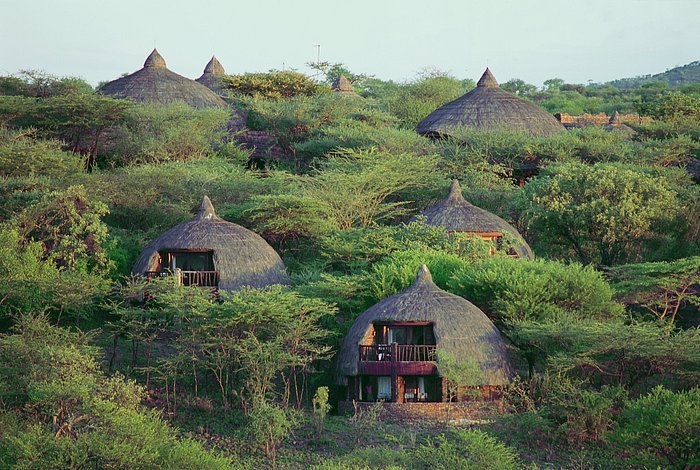
Shopping and Where to Find It:
Browse for souvenirs and local crafts at Serengeti National Park lodges, markets in nearby towns, and Maasai villages.
Nightlife and Where to Go:
Savor sundowners and stargazing experiences at camp lodges, or enjoy cultural performances and bonfires organized by safari operators.
Visa and Travel Documents:
Obtain a tourist visa for Tanzania in advance or upon arrival, and ensure your passport is valid for at least six months beyond your intended stay.
Safety and Health Information:
Take precautions against malaria by using insect repellent and antimalarial medication, and consult with a healthcare professional for necessary vaccinations before traveling to Tanzania.

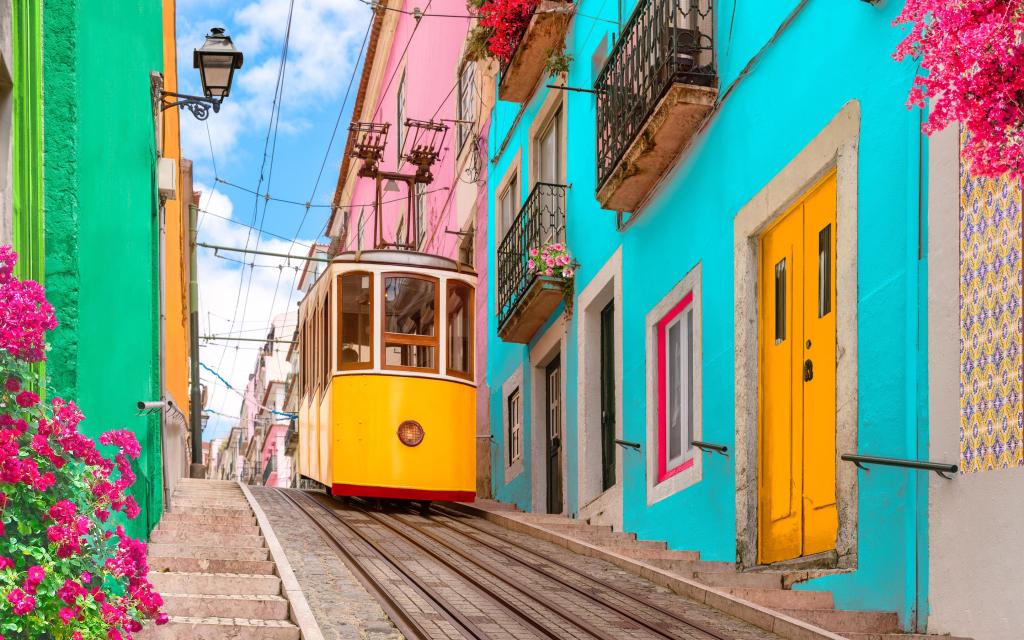
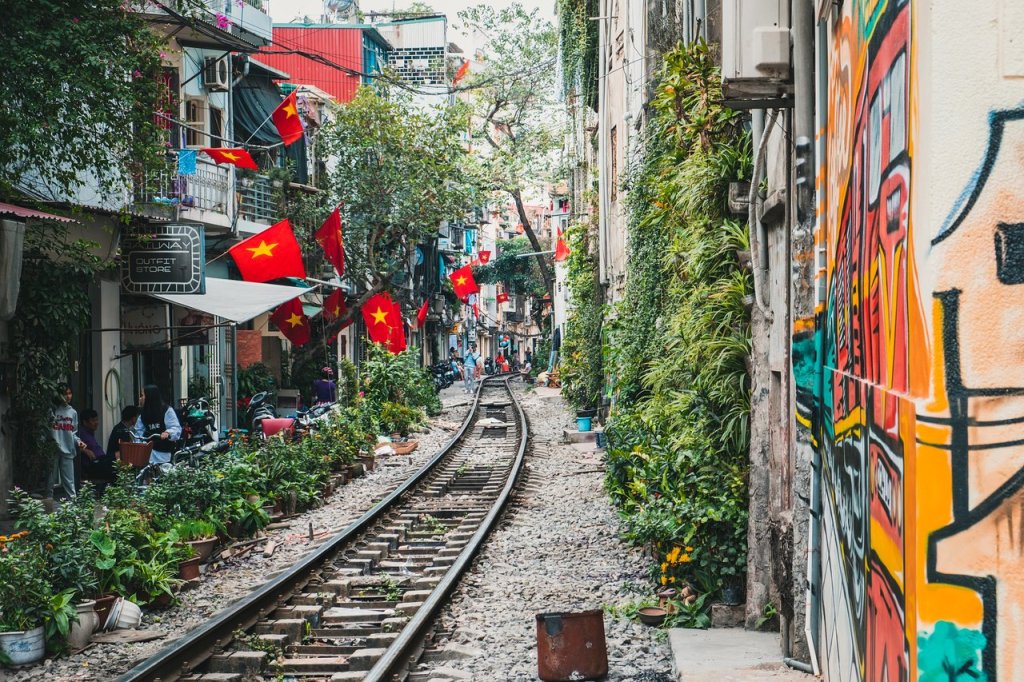
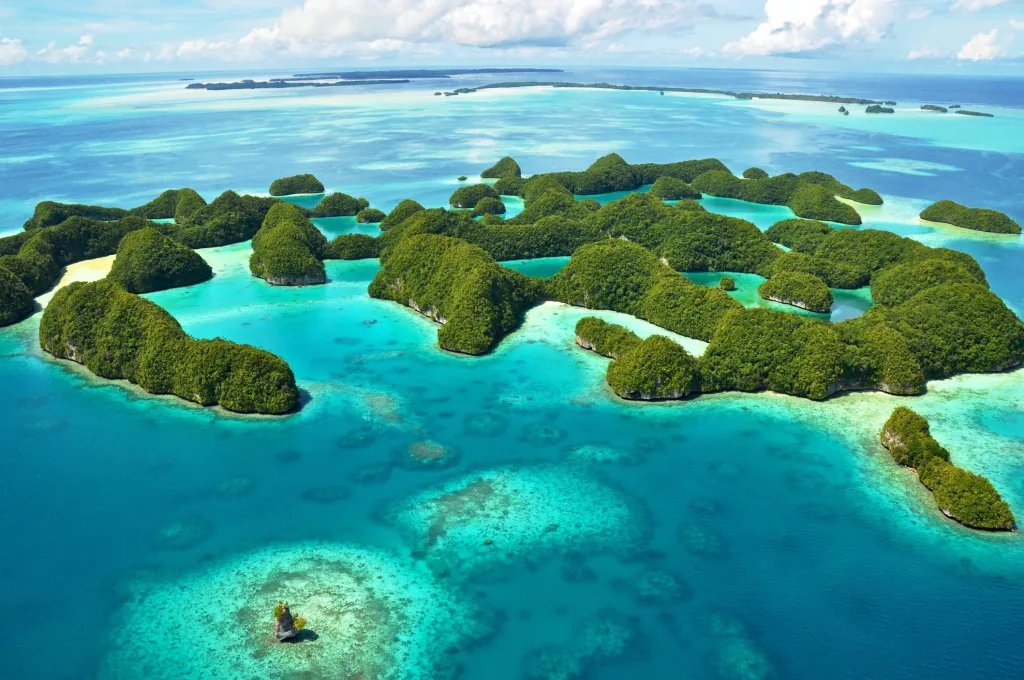
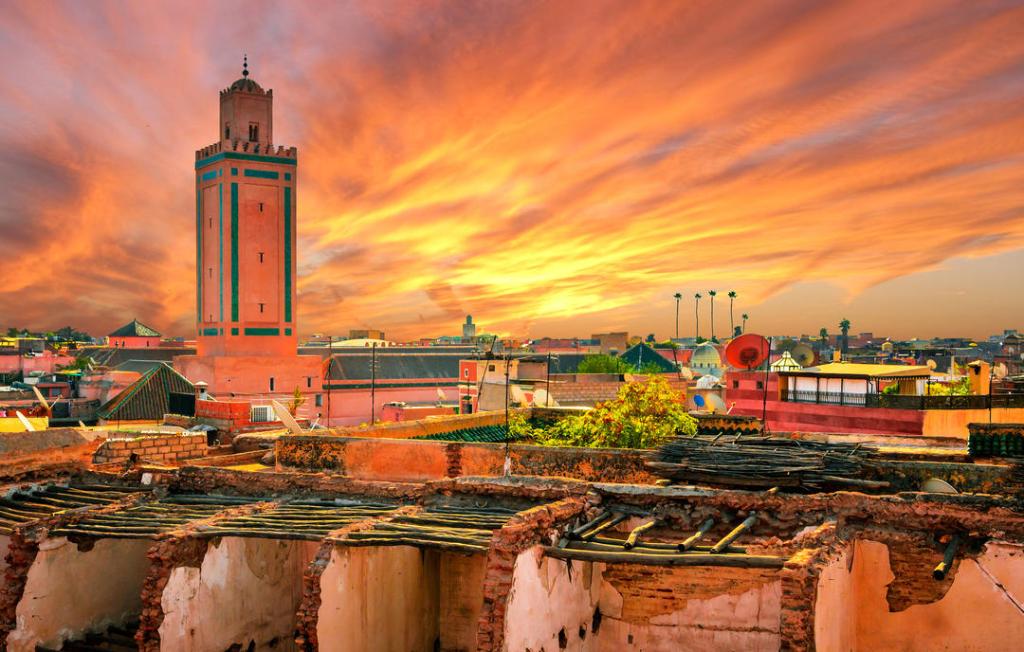
Leave a comment